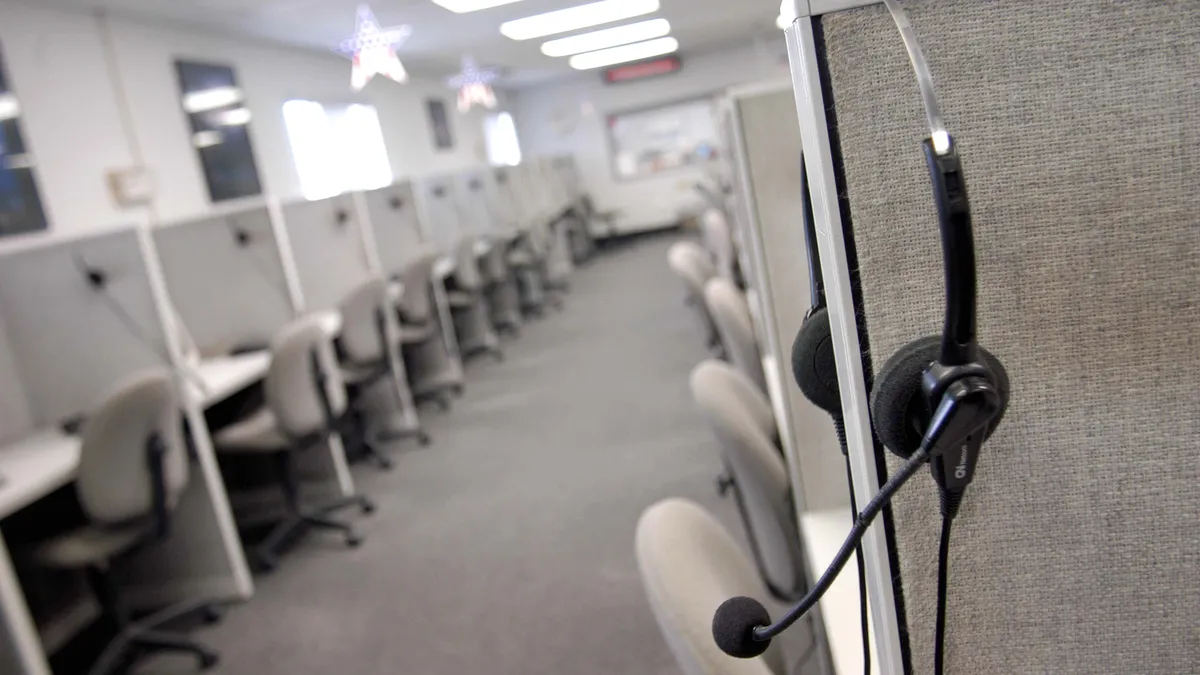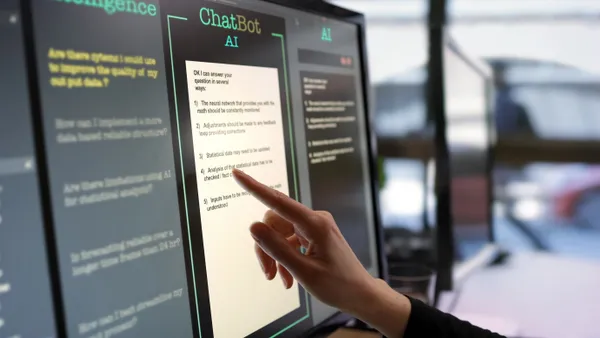Dive Brief:
- More than one-third of Gen Z and millennials will give up on a customer service issue if self-service can't solve it, according to a Gartner study. Most baby boomers are open to live agents, but 1 in 10 will step away if self-service fails.
- More than half of Gen Z and millennials say they would use a product or service less if they failed to resolve an issue with self-service, and more than 2 in 5 would say negative things about it.
- The impetus for a great self-service experience is on the company, not the consumer, according to Michael Rendelman, senior specialist, research, in Gartner’s customer service and support practice. This makes having a deep understanding of your customers’ self-service journeys essential.
Dive Insight:
Customers’ growing willingness to walk away rather than speak to a customer service agent has wide-ranging implications, according to Rendelman. This behavior is particularly pronounced among Gen Z and millennials, which now represent half of the U.S. population, but companies shouldn’t attribute it solely to digital natives — it’s having an impact on baby boomers, too.
Gen Z, Millennials represent the largest US population segments
"There's certainly a clear difference in the data when you look at older and younger customers here, but I think this trend is increasingly relevant among older customers as well,” said Eric Keller, senior director in Gartner's customer service research practice. He also noted that the share of all three demographic groups who say they will walk away from self-service is going up at the same time.
"There's an aversion to having to pick up the phone and actually talk to somebody," he said.
Generative AI is expected to make self-service options even more attractive, according to Keller. Companies such as Dell are embracing AI’s ability to enhance self-service, and tools like chatbots and even search engines are becoming more responsive to queries.
“Technologies such as generative AI that are capable of generating human-like responses are improving the user experience and also customer expectations,” said Uma Challa, senior director analyst at Gartner. “I'm sure you've interfaced with ChatGPT and Bing and seen how efficient they're getting in not only understanding your intent and what you're trying to ask but also generating a response.”
Companies already need to offer self-service for many tasks and that number is rising, according to Rendelman. Businesses traditionally use the queries agents receive to guide self-service resources, but as more people avoid live calls they will need to adopt new methods.
Consumers commonly prefer to adjust their accounts, register products or make additional purchases by themselves, but technology can help companies discover less common areas where self-service is a must.
“There are resources like clickstream analytics, search analytics and alternative sources for voice of customer like social media,” said Rendelman. “If you look at those sources of information, it can help you close this blind spot in your self-service strategy.”
It’s also important to make sure consumers are guided to the right resource for their specific needs, according to Keller.
"There's nothing worse than if I get directed into a chatbot only to realize that that chatbot is not set up to solve my issue,” Keller said. “That's a mistake organizations make. They don't always step back, take a look and see what customer service channels are good for which particular issue, then make sure that you get people to the right channels."
Self-service can be an opportunity to not just resolve an issue but help consumers get more value out of a product or service, according to Keller. For instance, a customer paying their power bill can be provided with relevant advice on cutting energy use.
“I think there's a misconception that you need an agent to do value enhancement, but you can definitely do value enhancement on self-service channels as well,” Keller said. “Especially with tips that are not generic, but that are tailored specifically to me.”











